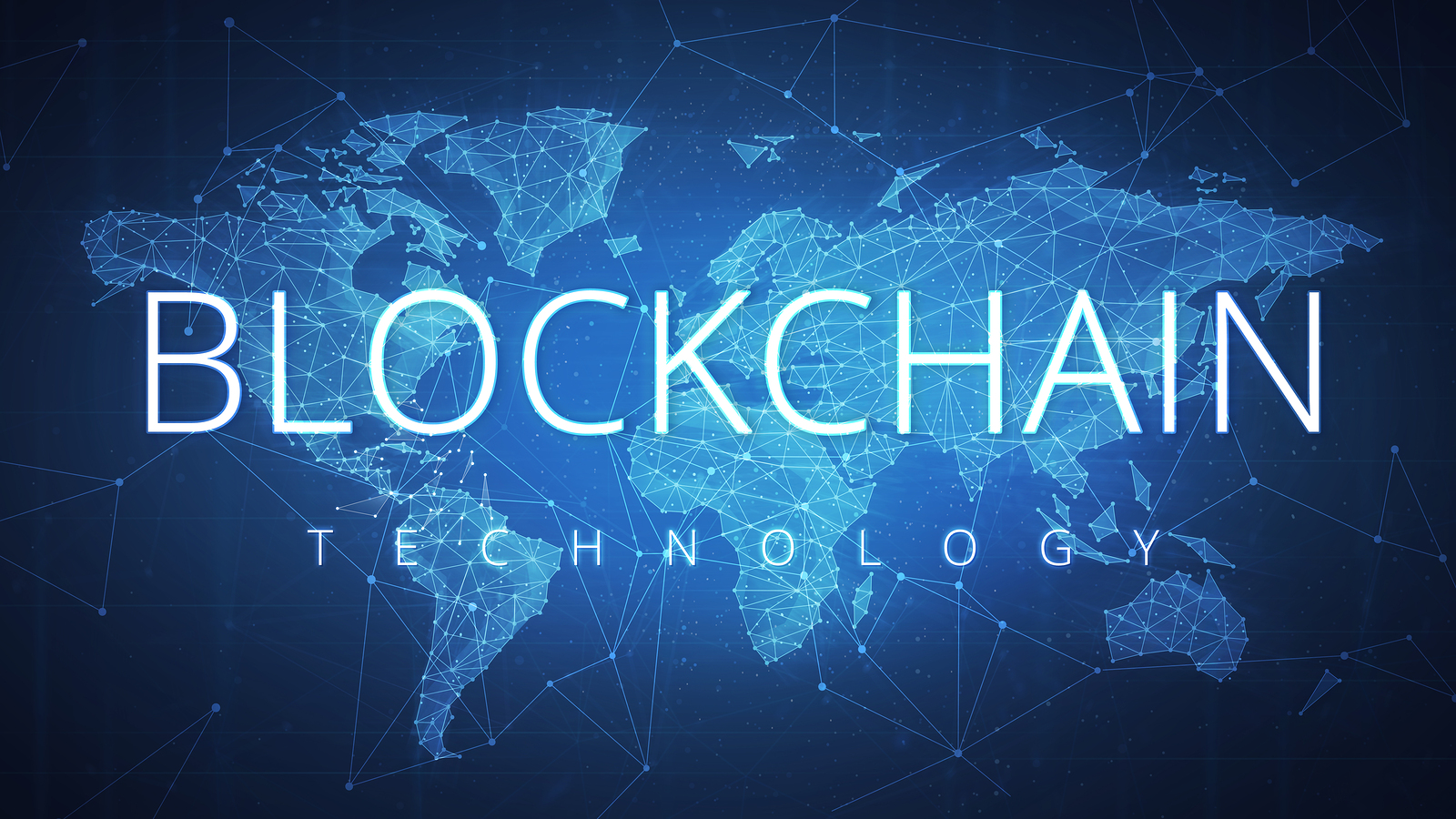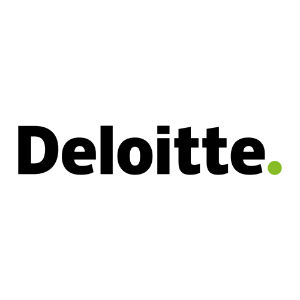
HR and the Blockchain Revolution
First off, we need to stop using Blockchain and Bitcoin interchangeably. Things you’ve most likely heard recently: something about a bubble bursting, the cryptocurrency price correction, or how blockchain is only a fad.
While some of this buzz has some truth to it, and Bitcoin has undergone a monumental change in value, cryptocurrency is no more volatile than it has been in the past. Although we have Bitcoin to thank for piloting the concept of a decentralized, impermeable ledger, blockchain deserves its own spotlight.
We are amidst a blockchain revolution, an era ushered in by thought leaders who began entertaining the idea that maybe blockchain has applications outside of currency, outside of money-handling and transactions stamped with a monetary value. Most successes are the product of a deficit, and blockchain is no exception to this. Satoshi Nakamoto, the elusive blockchain and bitcoin brainchild, pinpointed a lack of transparency and anonymity stemming from traditional, banking institutions, and filled the gaps with a brand new, totally digital alternative.
What do we get when we simplify data-heavy exchanges and prevent corruption? An HR cure-all. For many corporations, HR is a giant hurdle; a growing operation requires a larger workforce which inevitably, as a of today’s standards, translates into continual evolution within the human resource sector as well. The more humans, the more resources you need. The kicker is that most HR processes require more manpower simply because they are so time-consuming—payroll, rectifying expense reports, new hire paperwork—it never ends. Luckily, just as blockchain has made leaps and bounds within the world of finance, we are now seeing HR departments turn to the technology with open arms.
1. Payroll
The weekly, biweekly and monthly scramble made up of wire transfers, check, and direct deposits is intrinsic to organizations of all sizes, but it does not need to be as painful as it has always been. For employers, imagine a world where you are paying your employees, yet saving money. Blockchain is the record-keeping, data-storing machine the HR world has always dreamt of.
Using blockchain, we cut out intermediaries—no banks, no human error, just the terms of the transaction and compliance regulations, and a network of computers doing the rest. Blockchain can completely automate payroll, limit extraneous expenditure of resources, and enhance security all at the same time. The less hands involved, the more simple and fraud-proof processes become.
Transaction details are stored across the decentralized ledger and each exchange is validated by the terms originally outlined. Something like: X Company owes X amount to X Employee on the X of the month. Once miners complete the proof of work algorithm dictating the exchange and confirming that all conditions are met (it’s that particular day of the month and that particular employee has completed a certain number of working days for that particular company) the payroll process initiates.
Blockchain is especially enticing for international payroll, when a portion of an organization works half way across the world. Overseas payroll comes with long wait times and high processing fees. Blockchain facilitated transactions occur almost instantly with little or no cost. For international corporations, where reaching their employees overseas is a point of contention for all parties involved, blockchain is a highly suitable alternative to the current mode of transfer.
2. The Grueling Onboarding Process
The most compelling feature of blockchain is its incorruptibility, once the data is coded into the chain, the transaction cannot be tainted. HR can certainly leverage this impermeability for time cards so there are never discrepancies between hours worked and hours compensated, but human resources departments can also use blockchain to verify credentials.
Most of the new hire gripe stems from verification. We have to verify that this person is who they say they are, passes a background check, and meets the degree requirements. Though in its infancy in this department, blockchain will eventually screen this information without any human intervention.
Essentially, blockchain will serve as a personal resume-keeping device, compiling credentials and professional achievements as public record along the decentralized ledger. Because data cannot be reversed the screening process will become obsolete down the road, as all employers gain access to a comprehensive and completely transparent employee repository. This means no resume fluffing or undercompensating, which will hopefully improve employee-employer relationships tremendously.
Through blockchain, the credential records would remain stable even through changes in employment, ownership, or contact.
3. Access to Benefit Packages
Similar to how the real estate industry is using self-executing blockchain contracts, HR departments can implement blockchain to release benefit packages after the probationary period and to uphold employee contacts in general.
It’s the onus of the employers to outline the terms of employment prior to hire, stating when benefits kick in and to clear the air surrounding non-compete clauses. It is HR’s responsibility to uphold the conditions in the contract. By imputing these terms into blockchain technology, execution failures are entirely non-existent, relieving HR of the stress related to implementing benefits packages.
For example, after the first 90 days of employment, the blockchain contract would self-execute and the employee would gain access to their 401K and health benefits. These self-governed contacts distributed across blockchain technology are referred to as smart contracts.
4. Expense Reimbursement
This is perhaps the most interesting capability of blockchain within the HR landscape.
There is not a single employee who relishes delayed expense reimbursement or an HR department that enjoys processing the wave of requests that come in just before the monthly deadline. How to solve this: create your own company currency.
In engineering an individualized cryptocurrency, organizations will reduce expenditure for all the same reasons already discussed—elimination of processing fees, compensating for international exchange rates, reducing in-house HR staff—while appeasing both sides. This provides ultimate corporate mobility, allowing businesses to flow beyond their current geographic boundaries.
There is the ongoing conflict between the reimbursed and reimburser, what should be compensated for, what should not. Blockchain will, again, bring a complete revival of transparency, as all company-funded transactions are etched into the blockchain network.
The Take-Away
Blockchain is here to stay, and HR directors are well-suited accepting that sooner than later. The transactional and contractual climates are quickly evolving to meet the growing demand for security. These are just 4 of the many facets of human resources blockchain will eventually infiltrate. We’re going to see blockchain leveraged in everything from fraud prevention to conflict resolution.
Considering blockchain is, for the most part, a household name now, it is also transitioning into a commonality from a developmental perspective. The coding world has far surpassed blockchain trial and error and imaginations are running wild with possible applications.
So, if you were waiting out the adoption curve, the time is now. Blockchain is going to make a profound change to the world of work.



